Table of Contents
Mercedes manual transmission
In the realm of automotive excellence, where precision meets performance and innovation intertwines with tradition, one iconic name stands tall: Mercedes-Benz. Within this illustrious marque lies a hidden gem, a testament to the artistry and engineering prowess of the brand the Mercedes manual transmission.
Much like a conductor leading a symphony, the manual transmission puts the driver in complete command, orchestrating the seamless dance between engine power and road performance. It embodies the pure essence of driving pleasure, offering a tactile connection between man and machine that transcends mere transportation.
Behind the wheel of a Mercedes with a manual transmission, every shift becomes a symphony of mechanical harmony, every gear change a finely-tuned crescendo of exhilaration. From the gentle purr of idling to the thunderous roar of acceleration, each moment behind the wheel is an ode to automotive passion and precision.
Yet, the manual transmission in a Mercedes is more than just a relic of bygone eras; it’s a symbol of timeless sophistication and driving engagement. It encapsulates the spirit of driving enthusiasts who seek not just transportation, but a visceral connection with the road and the vehicle.
In a world increasingly dominated by automatic transmissions and digital interfaces, the Mercedes manual transmission stands as a beacon of authenticity and driving purity, reminding us that sometimes, the simplest pleasures are the most rewarding.

Does Mercedes make a manual transmission?
Mercedes-Benz has historically offered manual transmissions in some of its models, particularly in certain regions and for specific vehicle configurations. However, in recent years, the availability of manual transmissions in Mercedes-Benz vehicles has become increasingly limited, especially in the United States market.
The trend toward automatic and semi-automatic transmissions, driven by factors such as convenience, fuel efficiency, and technological advancements, has led many automakers, including Mercedes-Benz, to phase out manual transmissions from their lineups.
While manual transmissions may not be as common in modern Mercedes-Benz vehicles, the brand continues to prioritize innovation and performance in its engineering, offering a range of advanced automatic and semi-automatic transmission options to meet the evolving needs and preferences of drivers worldwide.
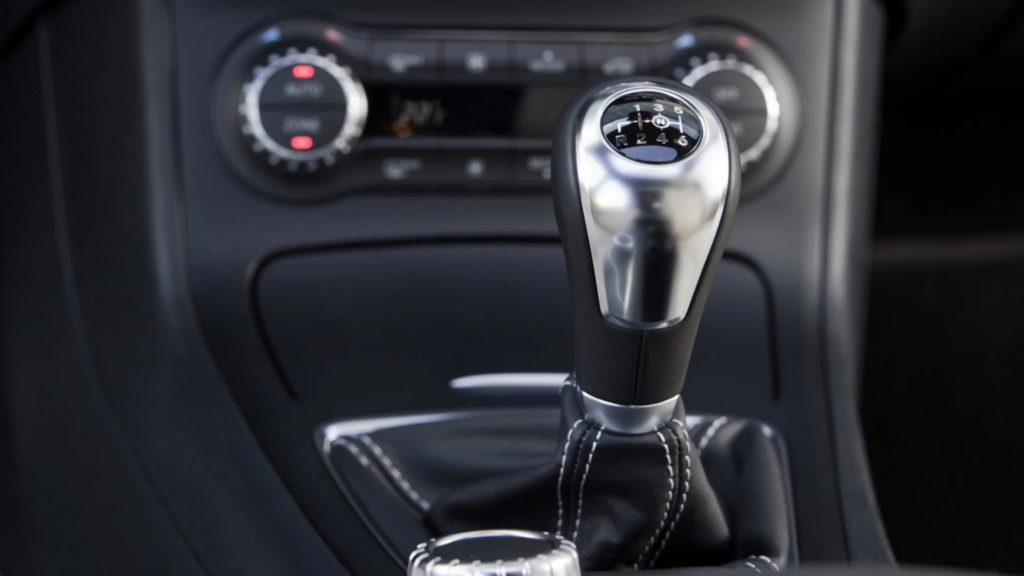
Why did Mercedes stop making manuals?
The transition away from manual transmissions in Mercedes-Benz vehicles can indeed be linked to the rise of electrification in the automotive industry. While advancements in electronic technology have played a significant role, it’s more so the broader shift towards alternative powertrains and the associated changes in vehicle architecture that have influenced this decision.
Electrification Trends: The automotive industry is undergoing a significant transformation with the rise of electric and hybrid vehicles. Electrified powertrains typically utilize single-speed transmissions or direct-drive systems, which do not require traditional manual gearboxes. As Mercedes-Benz and other manufacturers prioritize the development of electric and hybrid models, the demand for manual transmissions diminishes.
Efficiency and Performance: Electric vehicles (EVs) and hybrids offer distinct advantages in terms of efficiency and performance compared to traditional internal combustion engine vehicles. Electric motors deliver instantaneous torque and smooth acceleration without the need for manual gear changes. This makes manual transmissions less relevant in the context of electrification, as drivers increasingly prioritize the seamless driving experience offered by electric powertrains.
while advancements in electronic technology have certainly contributed to the decline of manual transmissions in Mercedes-Benz vehicles, the broader shift towards electrification and changes in consumer preferences and brand strategies have also played significant roles in this transition.
Mercedes manual transmission models
Transmission 6 speed manual
Mercedes 6 speed manual transmission 711

Transmission 6 speed manual Mercedes 711.6 is a fully synchronized, three-shaft gearbox with six forward gears and one reverse gear, designed to be mounted transversely on front-wheel-drive vehicles. The mechanical gearbox is used in two versions with a torque transmission of 310 Nm (or a maximum torque of 330 Nm that can be transmitted over a short defined period).
The primary shaft, output shaft 2 (3rd, 4th gear, and reverse gear), and output shaft 1 (1st, 2nd, 5th, and 6th gear) are arranged on three bearing levels, allowing for a short mounting length. The split gearbox casing is made of a lightweight metal alloy, with the housing parts sealed by a liquefied sealing product.
The transmission shaft is supported inside the gearbox casing by a grooved ball bearing and a cylindrical roller bearing.
The idler gears are supported by needle bearings on output shaft 1 and output shaft 2.
Output shaft 1 and output shaft 2 are hollow shafts, for weight-saving reasons, and are articulated on tapered roller bearings.

Axle drive is achieved via the helical gear and spur gear in the differential.
The differential is supported by tapered roller bearings.
Due to very low manufacturing tolerances of the gear trains, clutch housing, and gearbox casing, no clearance adjustment is required on the primary shaft, output shaft 1, and output shaft 2.
Synchronization of 1st and 2nd gear is achieved by multi-cone synchronization, while synchronization of 3rd, 4th, 5th, and 6th gear is achieved by double-cone synchronization, and synchronization of reverse gear is achieved by single-cone synchronization.
The Mercedes vehicles equipped with the 6 speed manual transmission include the Compact Mercedes sach as; A-Class, B-Class, CLA, and GLA.
Mercedes 6 speed manual transmission 716

The manual transmission is a fully synchronized, three-shaft gearbox, with six forward gears and one reverse gear. The 6th gear is designed as an overdrive gear to lower engine RPM and fuel consumption.
The manual transmission features a single-disc dry clutch with a fork-shaped clutch lever and automatic wear compensation. It requires no maintenance due to its lifetime oil fill.
Precise and smooth gear shifting with short shifter throws is achieved with the following measures.
- Transmission of the shifter movement to the gearbox is done through a shift rod.
- Central control shaft supported on ball bearing.
- Multiple-cone synchronization.
- Single-cone synchronization.

The Mercedes vehicles equipped with this Transmission 6 speed manual include the sedan and SUV Mercedes sach as; C-Class, E-Class and GLC X253.
how does a 6 speed manual transmission work?
A 6-speed manual transmission operates using a combination of gears, shafts, and a clutch system to transmit power from the engine to the wheels. Here’s a simplified explanation of how it works:
Input Shaft: Power from the engine is transmitted to the transmission via the input shaft. This shaft rotates at the same speed as the engine crankshaft and is connected to the clutch assembly.
Clutch: The clutch is a disc that connects and disconnects the engine from the transmission. When the clutch pedal is pressed, the clutch disengages, allowing the driver to change gears without stalling the engine. When the clutch pedal is released, the clutch engages, transferring power from the engine to the transmission.
Gear Selector: The driver selects gears using the gear selector, typically a lever or knob located in the vehicle’s cabin. Moving the gear selector engages different gears within the transmission.
Gears: Inside the transmission, there are multiple gears arranged on shafts. Each gear has a different size and tooth count, determining the gear ratio. Lower gears provide more torque and are used for acceleration, while higher gears provide higher speed and are used for cruising.
Output Shaft: The output shaft receives power from the selected gear and transmits it to the wheels through the driveshaft and differential.
Synchronization: Modern manual transmissions are equipped with synchronizers to facilitate smooth gear changes. Synchronizers match the speed of the gears before engagement, reducing wear and preventing grinding during shifts.
Reverse Gear: A separate gear arrangement is used for the reverse gear, typically engaged by lifting a collar or pushing a lever down while shifting into reverse.
a 6-speed manual transmission allows the driver to manually select gears to match the driving conditions, providing control over acceleration, speed, and fuel efficiency. Proper operation of a manual transmission involves skillful coordination of the clutch and gear selector to achieve smooth and efficient gear changes.

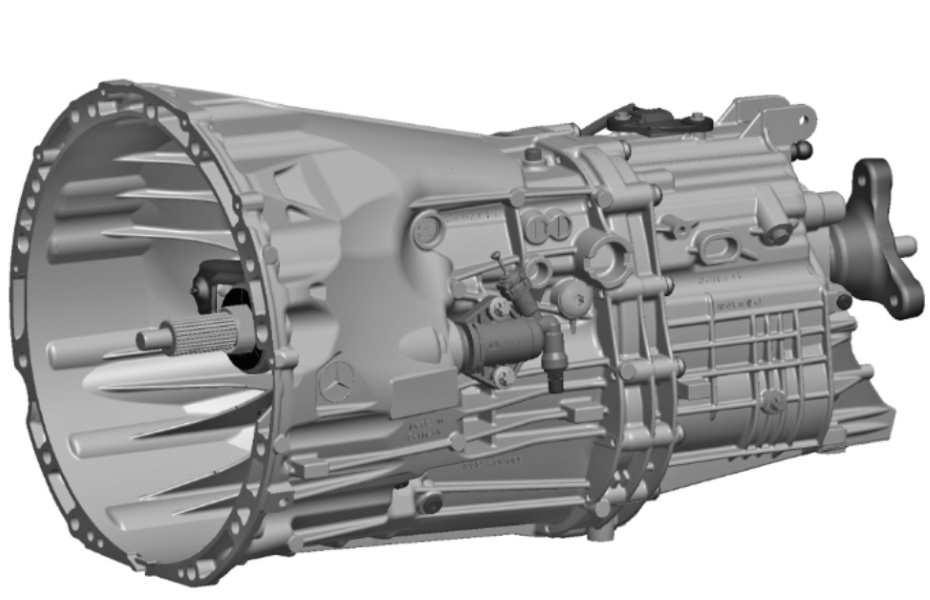



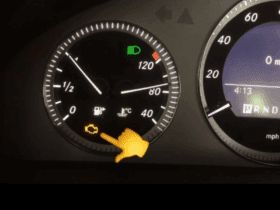
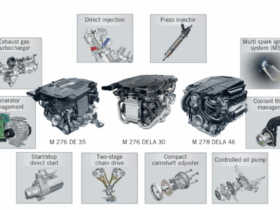
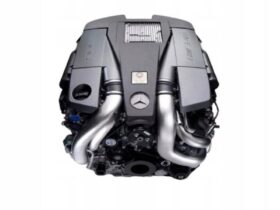

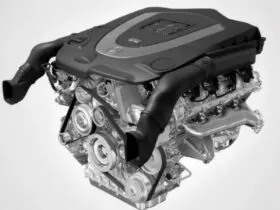
Leave a Reply